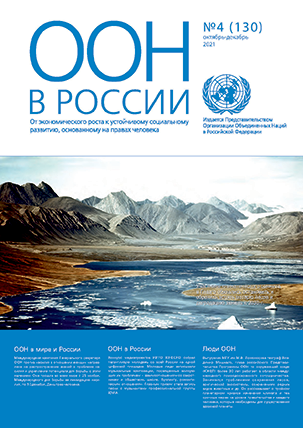World Food Programme uses innovative iris scan technology to provide food assistance to Syrian refugees in Jordan
AMMAN – The United Nations World Food Programme (WFP) in Jordan launched today an innovative iris scan payment system, allowing Syrian refugees living in camps to purchase food items from local shops using the scan of their eye instead of cash, vouchers or credit cards.
Today, a Syrian refugee at King Abdullah Park refugee camp in northern Jordan walked into a supermarket to redeem her monthly food assistance and instead of using her usual prepaid electronic card at the checkout, she looked into an iris scan camera, and paid for her shopping in the twinkling of an eye.
“This a milestone in the evolution of our food assistance programme, which has come so far from the first few months of the Syria crisis, when we distributed food parcels,” said WFP Country Director in Jordan Mageed Yahia.
With WFP’s iris scan system, we are perfecting the delivery of food assistance, becoming more efficient, enhancing accountability and making grocery shopping easier and more secure for the refugees. The fact that this is happening in Jordan makes it all the more exciting as we hope that it will further contribute to the country’s progress towards being a regional hub for technology.”
WFP’s innovative system relies on the UN Refugee Agency’s biometric registration data of refugees and works with WFP’s Jordanian partners; IrisGuard, the company that developed the iris scan platform, Jordan Ahli Bank and their counterpart Middle East Payment Systems (MEPS).
Once the shopper has their iris scanned, the system automatically communicates with UNHCR’s registration database to confirm the identity of the refugee, before automatically continuing to the Jordan Ahli Bank through the Middle East Payment System financial gateway to determine the refugee’s remaining balance. It then confirms the purchase and prints a receipt for the refugee.
WFP is looking to expand the use of its new iris scan payment system for refugees living in all Syrian refugee camps in Jordan during the coming months. Depending on the success of the system in the camps, WFP may also expand the use of this technology in areas outside of the camps.

